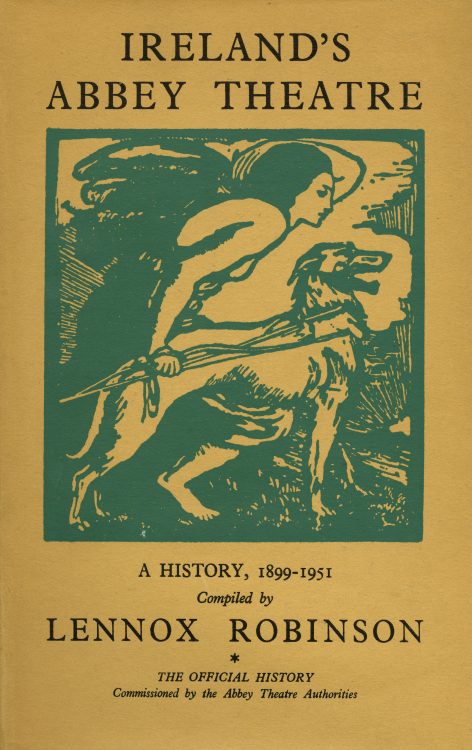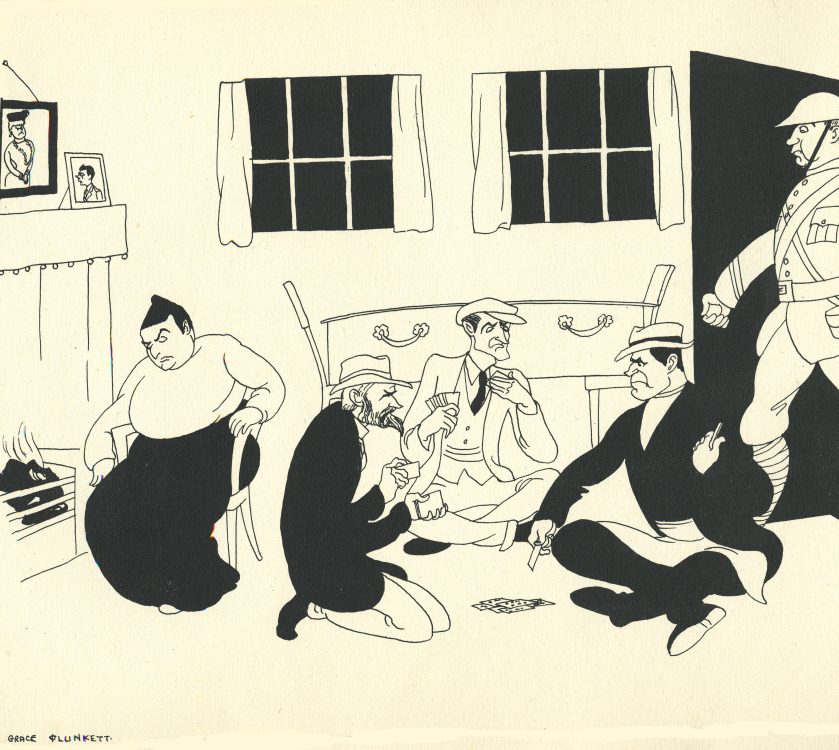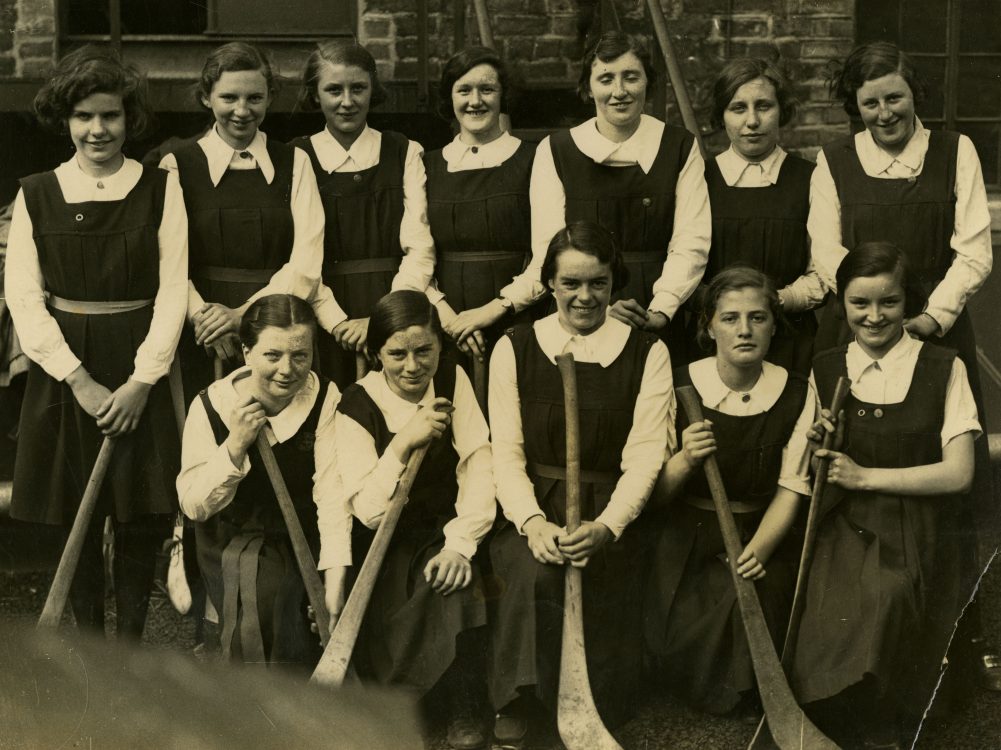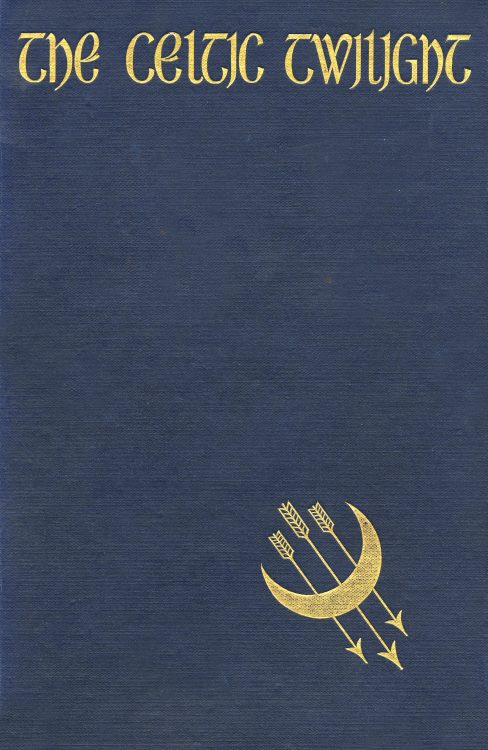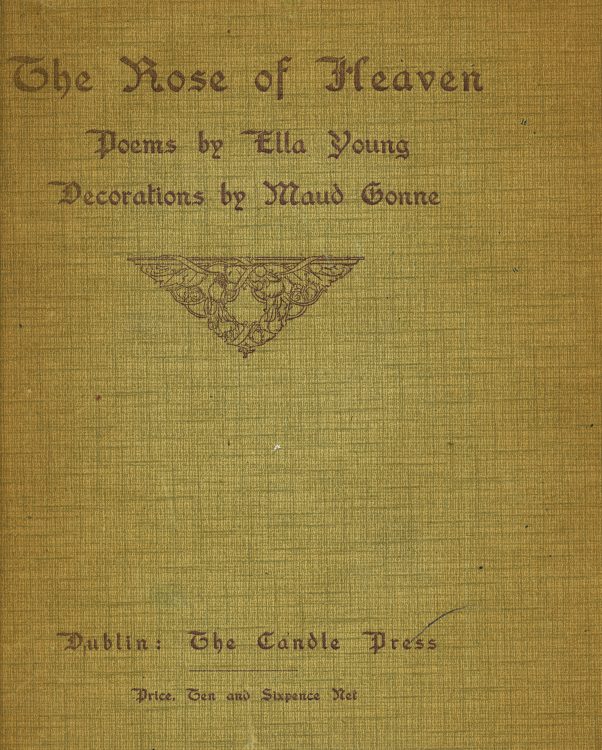Robinson, Lennox. Ireland’s Abbey Theatre: a history, 1899-1951. London: Sidgwick and Jackson, 1951.
Part of English imperialism was the attempt to earase Irish culture. Anti-Irish sentiment, bigotry, racism, and negative depictions of the Irish can be dated as far back as the Middle Ages. The 19th century's well known stereotypes of the Irish as alcoholic, belligerent, uncultured, brutish, as well as overly sentimental, were prevalent in political cartoons and on the stage, designed to amuse and suggest racial inferiority to the British.
Several movements and groups within this period were concerned with revitalizing and preserving Irish music, dance, sports, language, and literature--the Gaelic Revival, also meant to de-Anglicize the Irish people. However, there was little consensus on what Irish identity meant, exactly how it should be preserved, and by whom.
The literary revival sought to create and inspire a national literature by drawing on Irish myth, folklore, and popular culture. Some of the literary revival's most visible proponents and practitioners were from middle-and-upper-class Protestant backgrounds, including Lady Gregory, W.B. Yeats, and J.M. Synge, wrote and published in English rather than Gaelic, which earned the movement another nickname, the Anglo-Irish revival.
The Irish LIterary Theatre (1899-1902) was an experiment to mount Irish plays against the backdrop of cultural nationalism. W.B. Yeats, Lady Gregory, George Moore, and Edward Martyn. Dublin's Abbey Theatre opened in 1904, and although there were many other theatres in operation, including a parallel drama movement in Ulster, the Irish Dramatic REevival and the Abbey were inextricable. The theatre was considered a powerful vehicle for the literary revival to appeal to audiences across classes.
Plunkett, Grace Vandeleur. Doctors recommend it: an Abbey Theatre tonic in 12 doses. Dublin: Printed for the subscribers by Colm O Lochlainn, 1930.
1 of 500 copies
Photograph of camogie team, undated
Robert Brennan and Maeve Brennan papers
Hyde, Douglas. Úbhla de'n ċraoibh: dánta agus aḃráin. Baile-Aṫ-Cliaṫ: Gill, [1900].
First edition.
Yeats, W.B.The Celtic twilight. London: A.H. Bullen, 1902.
Young, Ella. The Rose of Heaven. Dublin: The Candle Press, 1920.
With decorations by Maud Gonne.

